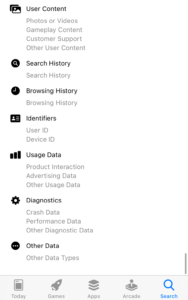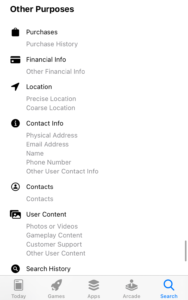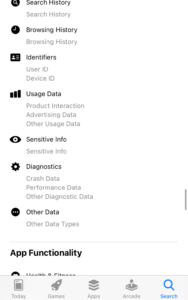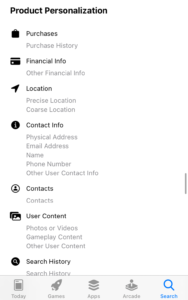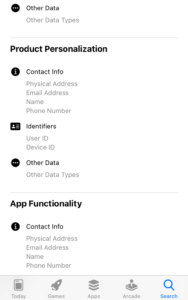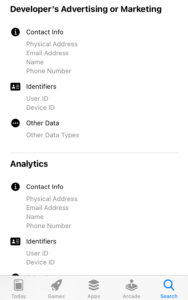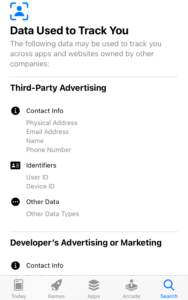Today, Amazon has released a product that allows you to construct your own solutions based on their technology. This intriguing option, which will speed up and facilitate the process of making your own products more attractive is Alexa Custom Assistant.
Alexa herself probably doesn’t need an introduction, but for the record, it’s a cloud-based voice service that lets you use your voice to command her to perform some tasks for you. The possibilities of this technology are very wide, ranging from shopping, making your home smarter, providing you with information, to product control and much more. Of course, this is not the only such technology available on the market, but by introducing a unique option that I would like to present in this article, it has a great chance of becoming the strongest.
By Alexa’s Custom Assistant, Amazon enables companies to create their own smart voice assistants by using their AI technology and then connect it to Alexa. The solution is therefore also to enable the cooperation of two assistants, which significantly affects the attractiveness of not only the product of the person who generates his assistant based on Amazon technology, but also of the very Alexa. Once connected, it would continue to perform its regular tasks and the new assistant would play a role of a so-called “product specific expert”. This expert would be responsible for operating with more concrete features, that are directly linked to specifics of the product. So we can say, the tasks would be somewhat of delegated. How does it work? Amazon says that “if a customer asks Alexa to roll down a car window, or how to troubleshoot a device, the request will be routed to the brand’s assistant. If a customer asks the brand’s assistant to play an audio book, the request will be routed to Alexa,” The fact that both assistants will in a way coexists is important regarding the capabilities area. There will be no need for the Companies, who decide to take advantage of the option proposed on Amazon, to develop the basic skills of the assistant, instead they can immediately focus on improving some specific and unique, in view of their product, capabilities. So this cooperation will prove to be both more effective and cheaper. It is fair to say that this option is mutually beneficial to companies and what is more, it fulfills the main goal of meeting customer needs.
An advantage that should be especially noted is the significant reduction of costs and time, which according to Amazon is possible due to “allowing companies to leverage Alexa’s world-class technology stack to create their own intelligent assistant without the investment, long development cycles, and resources to build it from scratch and maintain over time.” Creating such assistants proves to be very costly due to the constant necessity of their improvement- we have to bear in mind that competitiveness on this market is very high. Amazon by investing in Alexa Custom Assistant and making its improvement up to date in a constant manner, will let the companies simply benefit. Therefore, there will be no need for them to monitor market changes and invest in improving the voice assistant themselves. Amazon will do it for them. So, companies will now have a chance to form a tailored to the brand, customer needs and “aesthetic” reasons (=creating your own unique voice) voice assistant, for not only a much lower price but also relatively much faster.
Amazon, within this option, provides access to all their voice technologies, experts, ongoing improvements in AI, privacy and security settings. Companies will be able to generate their own wake words, which according to Amazon ”are created using the same state-of-the-art process used for developing the Alexa wake word and deployed through the high-accuracy Alexa wake word engine”. Amazon assures that through the whole process, companies will be guided by science experts.
As we are still experiencing a technological revolution on a daily basis and the lifestyle is closely related to digitization, looking for a solution that will further facilitate this reality and make all digital experiences even more smooth is a large part of today’s business. Voice assistants are a great example of that, as the ways they make life easier are practically endless. To name one, they often save our time by automating repetitive tasks. But they also prove to be useful in enhancing e-commerce marketing, customer support, smart offices and many more. Therefore, it is important to note that Alexa Custom Assistant can be build into any type of product and as such immediately increase its “charm”. The first customer however, is the global automaker Fiat Chrysler Automobiles (FCA). Which is quite interesting, in relation to the next paragraph.
This newly launched Alexa Custom Assistant has a potential of becoming a huge game changer in the voice assistant technology area and especially concerning the car software space. Regarding The Verge article, making Alexa an “in-bulit solution in environments that may not need a phone at all” is an interesting way to “bypass the need to directly compete with Apple and Google”. This approach to implement voice technology directly in conjunction with a specific product is a quite unusual move and will definitely trigger an interesting response from other tech giants. It definitely sets a challenge for Cortana, Google Assistant and Siri.


